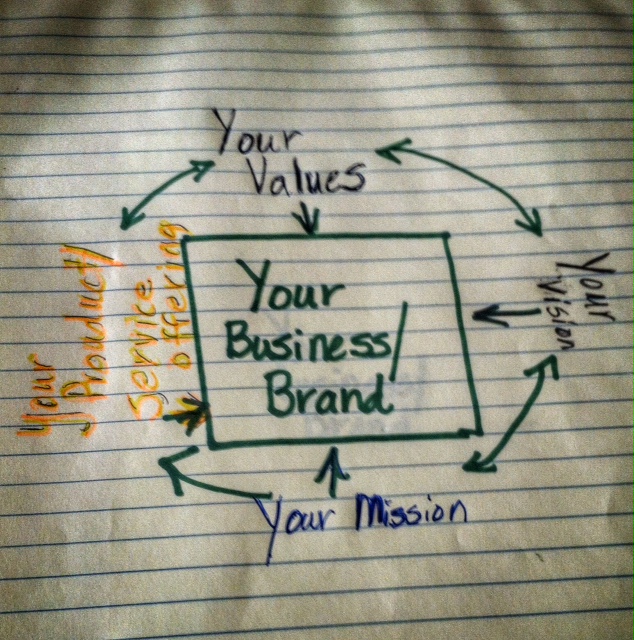How to Avoid the Reputation Mistakes of Lululemon
Once the darling of women across Canada and the United States for great yoga and leisure clothes, Lululemon seems to have lost its way. First came the less than stellar quality pants, then the comments that essentially only certain women can wear their pants without issues arising, and now marketing promotions that counter concerns about skin cancer. Lululemon is not unlike any other brand in that reputation issues do arise. The difference however, could be in how a brand responds. So, let’ take a look at how to avoid the reputation mistakes of Lululemon.
1. The Argument FOR Listening to Brand Conversations
When the story first broke that Lululemon’s pants were of poor quality and actually see-through, Lululemon’s response, or lack of response was odd. At first they completely ignored their customers’ complaints and continued to promote other product in their social channels.
This only fuelled the fire and angered customers. As more people became aware of the issue, the story also grew. Playing the role of the Ostrich and burying your head in the sand does not work.
Key Take-Away: It is hard to imagine that this commentary still needs to be shared but, apparently it does. Brands can no longer “push” their communications on customers. Communication is a two-way street. Therefore choosing to “not” listen is no longer acceptable business practice. In the case of Lululemon they could have addressed the issue immediately and demonstrated to their customers that their opinion was valued. Instead it escalated out of control, the brand took a hit, as did their stock. In the end, they were forced to respond. Once news hits mainstream media and you are forced to respond, you have damaged your reputation.
2. Act on Your Own. Don’t be Forced
As someone who provides guidance to companies on PR and reputation issues, I always tell people to come forward first. Don’t wait to be outed by the media or some other source. If you did something wrong, admit it and have a plan to fix it.
“Key Take-Away: Lululemon is certainly not alone in waiting to respond. I can’t put them in that category alone. There are many companies that have also done so. Most airlines, including Air Canada have had to respond to outrage as a result of actions incurred and not addressed properly. It really comes down to doing the right thing. If you did something wrong, like United Airlines when they broke Canadian musician Dave Carroll’s guitar and then do nothing about, even with video proof, you are headed for a PR nightmare. Over and above that you have a bigger issue though. You have a cultural issue. People working for you just don’t care. You cannot fix a reputation issue without first fixing your cultural issue. This is a big take-away and one that should be looked at seriously.
3. Test Your Messages
Sometimes we blame agencies for providing marketing materials, campaigns, etc. that result in PR nightmares. While that does happen on occasion, as brand managers, we must take some responsibility for our brand and what we choose to do. There is a reason that both agencies and many brands test messaging before going to market. For me personally, if I have this “I don’t know feeling” and can’t really articulate it, I know I need to test it. Nine times out of 10 the testing comes back with results that send us back to the drawing board.
Key Take-Away: Don’t let nagging feelings of doubt just fade away with the hopes that it will be o.k. And, more importantly test your message. Sometimes brands are too close to the message or storyline and can miss subtle nuances that an unbiased audience will pick up immediately. Getting this information before going to market can save you time, money and embarrassment. Lululemon might want to think about this as a go forward plan.
Now, like all Canadians, I like to see my Canadian companies succeed. I am hoping that these few missteps are just that and things will evolve and change for our much loved Lululemon!
Like this post? Follow me on Twitter: @MacLeanHeather. Feel free to leave a comment, add your input or disagree with me.




